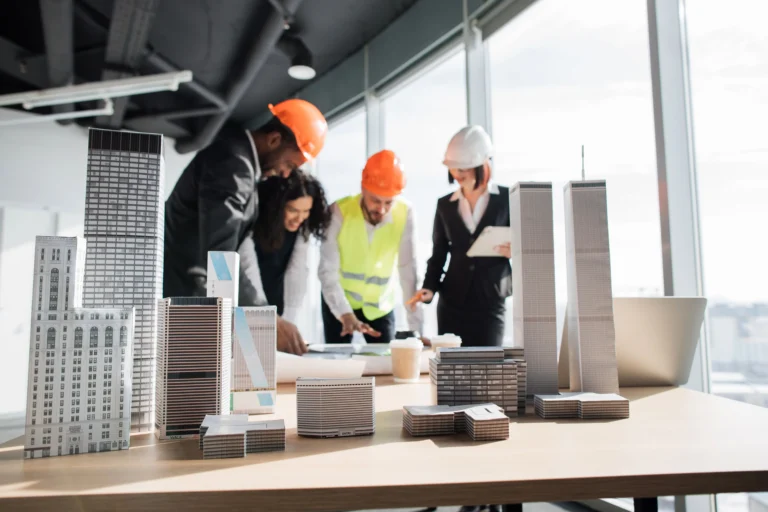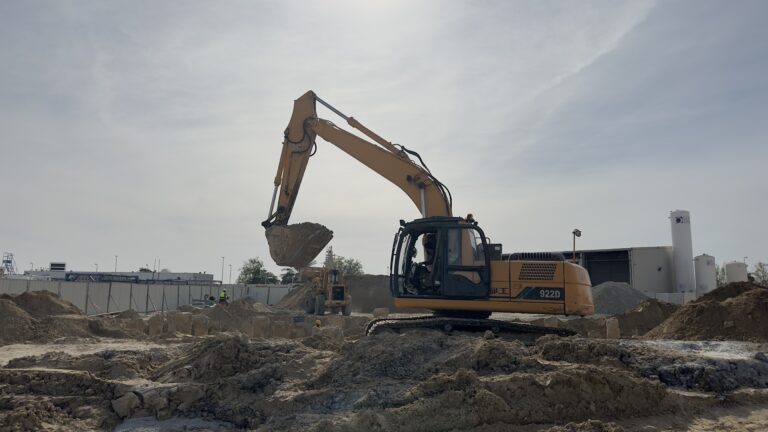Introduction:
In the dynamic landscape of construction projects, creative problem-solving has become a cornerstone for overcoming challenges, driving efficiency, and fostering innovation. From addressing design complexities to optimizing construction processes, innovative solutions are reshaping the way projects are planned, executed, and delivered. Here, we delve into the realm of creative problem-solving in construction projects and how innovative approaches are transforming the industry.
Adaptive Design Solutions:
Adaptive design solutions involve flexible and dynamic approaches to address design challenges and changing project requirements. Techniques such as parametric modeling, generative design, and digital prototyping enable architects and engineers to explore multiple design iterations, optimize performance, and respond to evolving project constraints in real-time.
Prefabrication and Modular Construction:
Prefabrication and modular construction techniques offer innovative solutions for streamlining construction processes, reducing costs, and enhancing project efficiency. By prefabricating building components off-site in controlled factory conditions, construction time is minimized, on-site disruption is reduced, and quality control is improved, leading to faster project delivery and improved outcomes.
Advanced Materials and Construction Methods:
The adoption of advanced materials and construction methods is driving innovation in the industry, enabling the construction of structures that are more resilient, sustainable, and cost-effective. Innovations such as carbon fiber reinforced polymers, self-healing concrete, and 3D-printed construction elements are revolutionizing the way buildings and infrastructure are designed, constructed, and maintained.
Digital Technologies and Building Information Modeling (BIM):
Digital technologies, including Building Information Modeling (BIM), virtual reality (VR), and augmented reality (AR), are facilitating creative problem-solving by providing enhanced visualization, simulation, and collaboration capabilities. BIM enables multidisciplinary teams to collaborate in a virtual environment, identify clashes, optimize construction sequences, and resolve conflicts before they occur on-site, leading to improved project coordination and reduced rework.
Sustainable Construction Practices:
Sustainable construction practices are driving innovation in the industry by promoting resource efficiency, environmental stewardship, and social responsibility. Techniques such as passive design strategies, renewable energy integration, and green building certifications are enabling the construction of high-performance, energy-efficient buildings that minimize environmental impact and enhance occupant comfort and well-being.
Robotics and Automation:
Robotics and automation technologies are revolutionizing construction processes by automating repetitive tasks, increasing productivity, and improving safety on job sites. Robotic systems for tasks such as bricklaying, rebar tying, and site surveying are reducing labor costs and construction time while enhancing precision and quality control, leading to more efficient project delivery.
Collaborative Problem-Solving Approaches:
Collaborative problem-solving approaches, such as Integrated Project Delivery (IPD) and Lean Construction, foster cooperation and communication among project stakeholders to identify and address challenges collectively. By breaking down silos, promoting transparency, and sharing risks and rewards, these collaborative frameworks enable teams to leverage collective expertise and creativity to overcome obstacles and deliver successful projects.
Conclusion:
In conclusion, innovations in creative problem-solving are driving transformation and progress in the construction industry, enabling teams to tackle challenges, seize opportunities, and deliver projects that meet the demands of the modern built environment. By embracing adaptive design solutions, prefabrication, advanced materials, digital technologies, sustainable practices, robotics, and collaborative problem-solving approaches, construction projects can achieve greater efficiency, sustainability, and resilience in an ever-evolving landscape.






